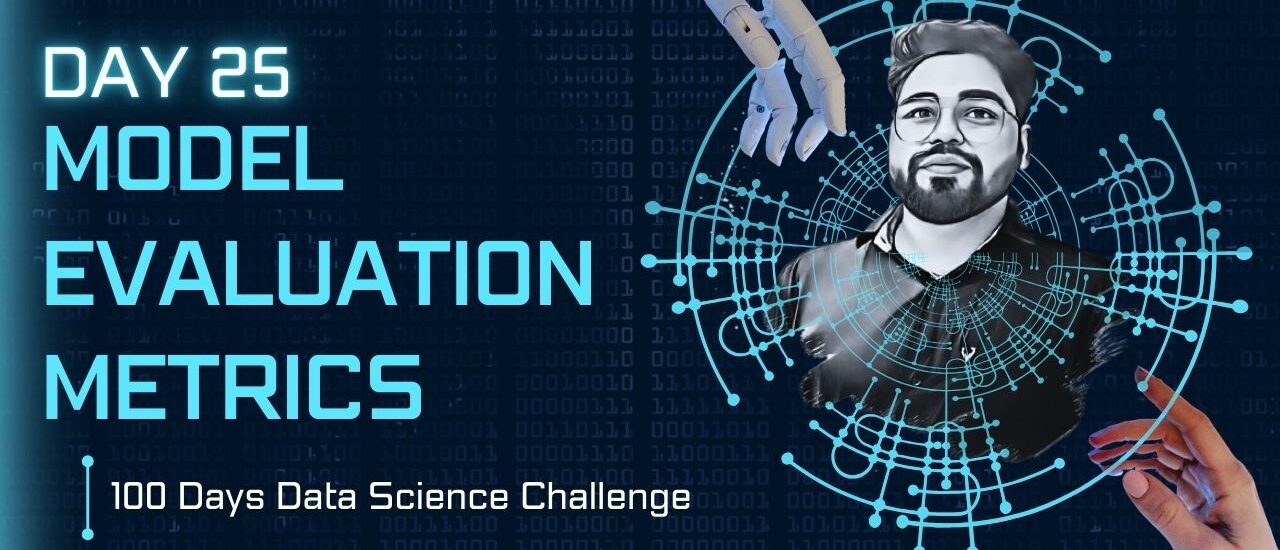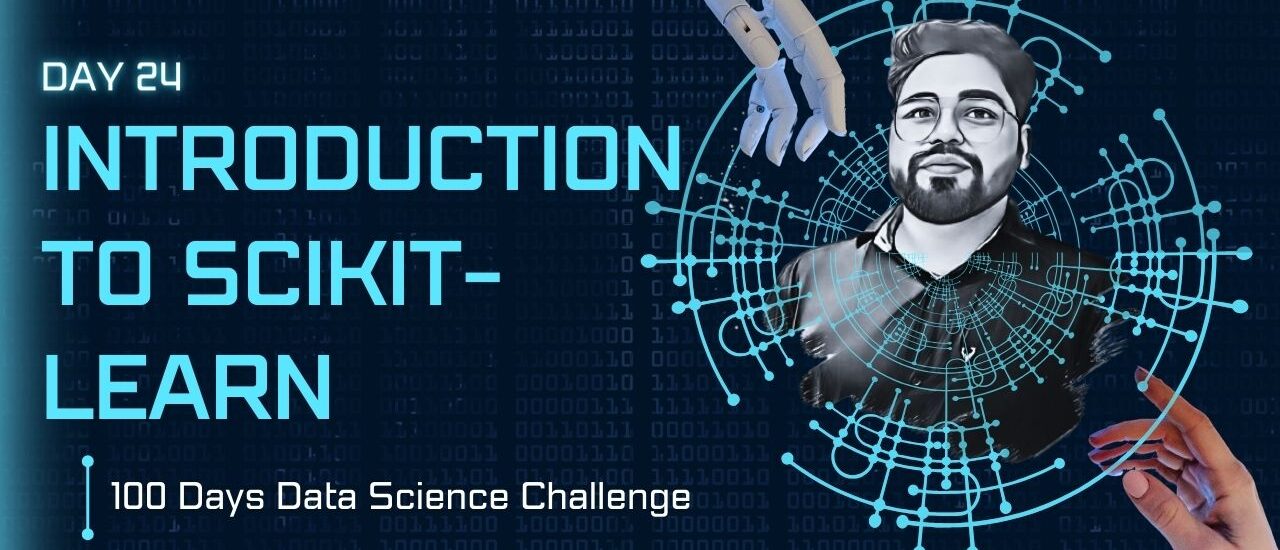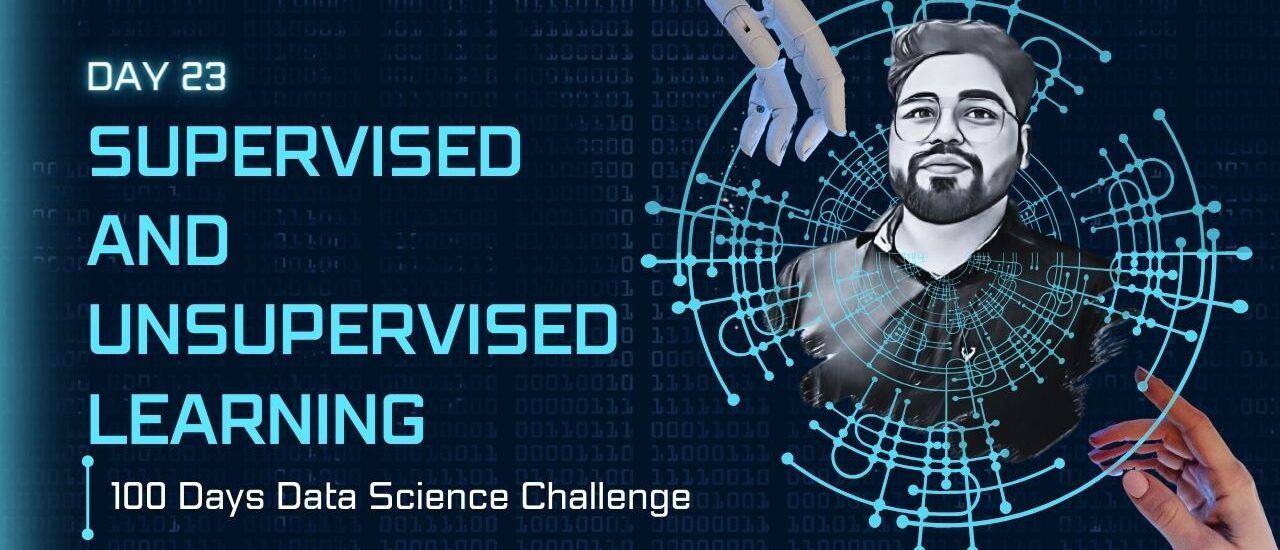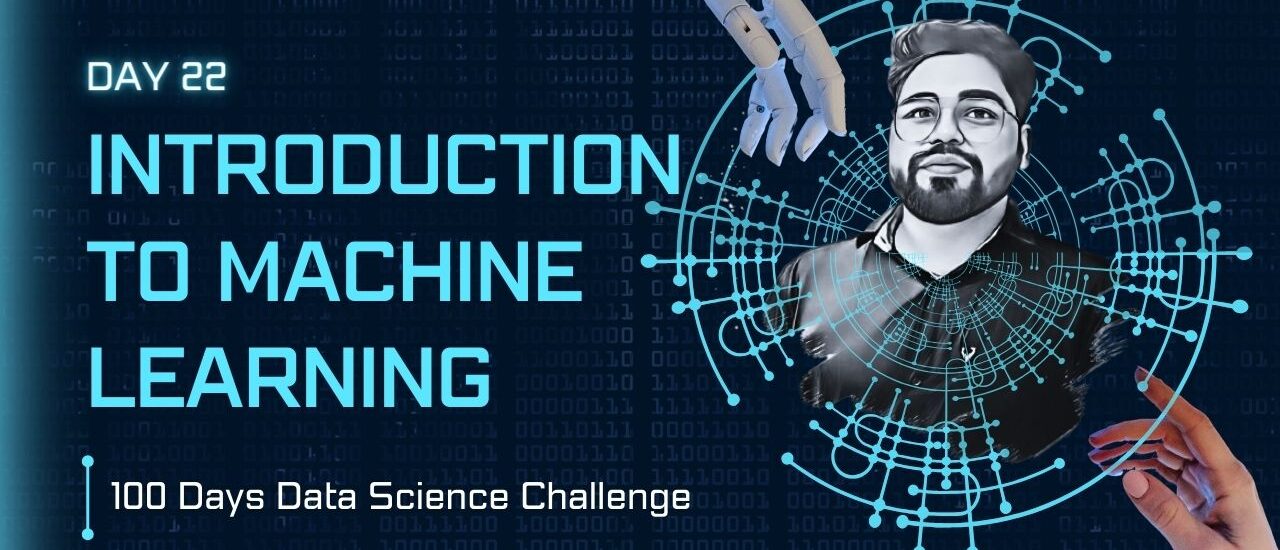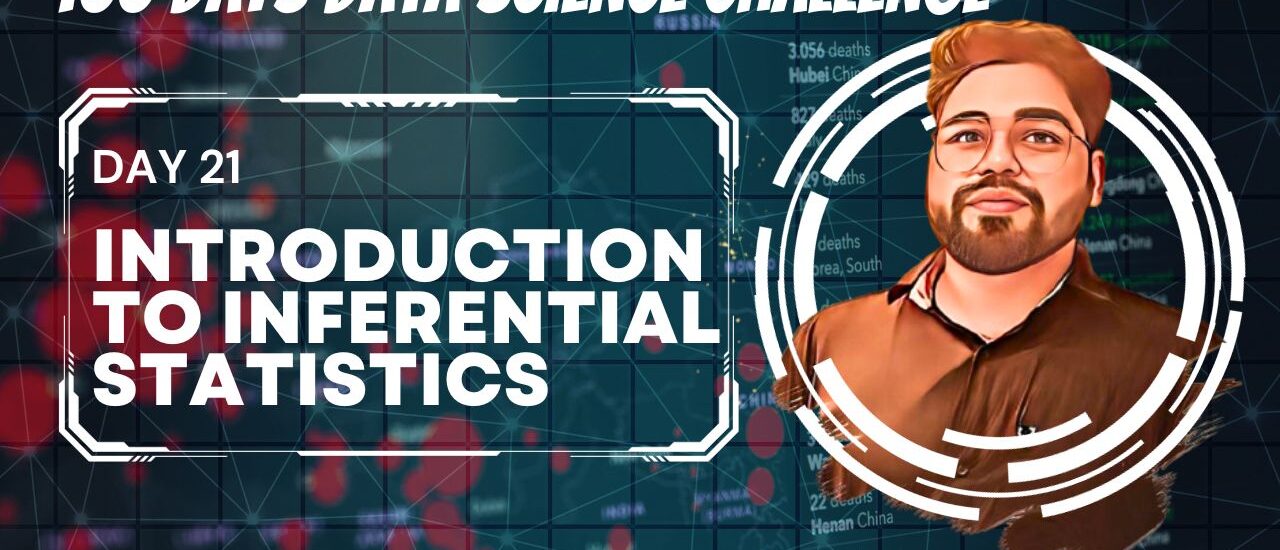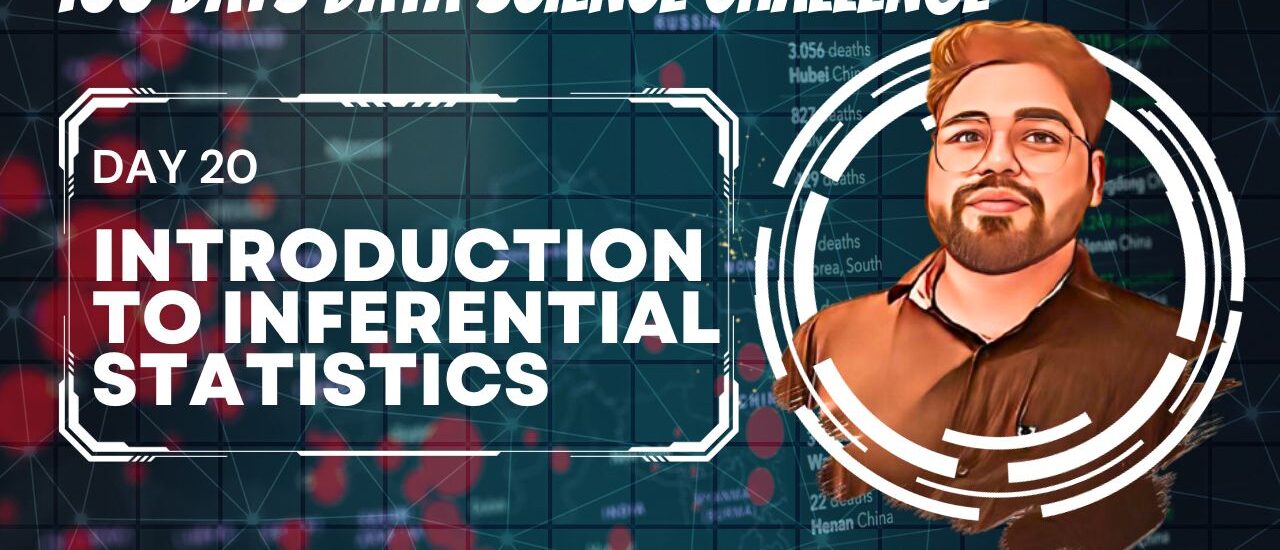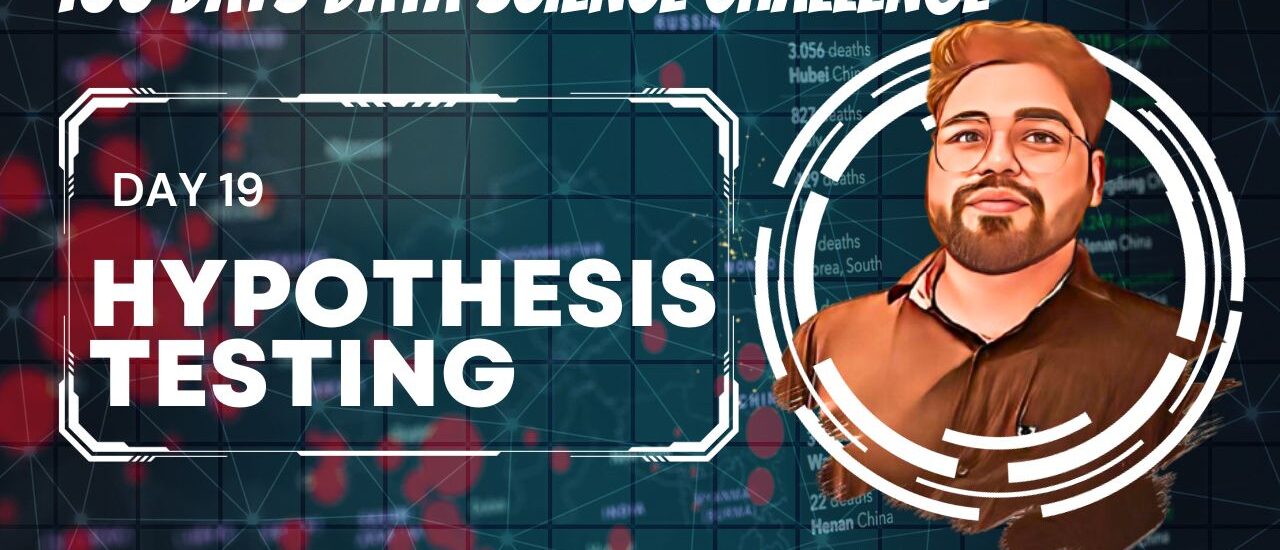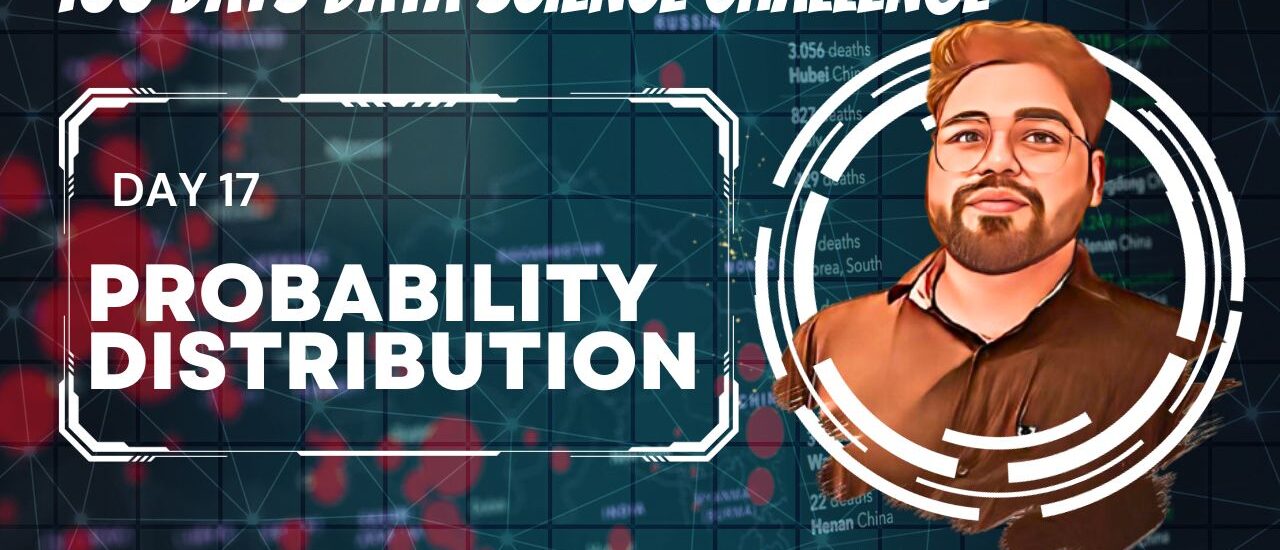Ryan Reynolds and Hugh Jackman Set Guinness World Record with Deadpool-Wolverine Trailer
ctors Ryan Reynolds and Hugh Jackman are celebrating a major milestone with their latest film, the Deadpool and Wolverine movie, which broke a Guinness World Record for the most viewed movie trailer within 24 hours. The trailer amassed 365 million views globally, creating a buzz among fans. Alongside this, there is excitement around the Rayaan 2024 movie, with many seeking Rayaan movie reviews, ratings, and download options. Questions like \”How long is the new Deadpool movie?\” and interest in today’s release movies, including Tamil movie downloads, are trending.



